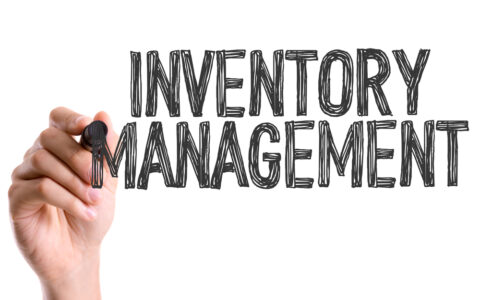
As you may have noticed, effectively managing an indirect sales channel is an extremely challenging mission. The reason being, once the manufacturer start to count on distributors as business partners to sell its products, it runs the risk of not having enough information on the inventory and sales performance of these goods, therefore jeopardizing the entire planning of its supply chain.
However, your company already knows the countless benefits that the use of indirect sales channel provides. Keep in mind, this strategy will only be really worthwhile and will offer competitive results if it is followed by proper management.
Cargill, for example, saw a 15% increase in sell-out when it gained access to data from its partners.
Distributor insights help to improve processes at both ends – for the manufacturer and the distributor. Consider the case of a manufacturer for cleaning products. When starting the proper management of its distributors, the manufacturer realizes that the rate of customer assertiveness is below the established target.
Understanding this, it is possible to establish a collaborative relationship with distributors in order to investigate the causes and handle them accordingly, focusing on common goals without, hampering individual goals.
This can lead new discoveries for the manufacterer, take for example, the sales team did not conduct all the visits planned for that month, leaving customers without coverage, or that the establishments are giving preference to powder detergent from competitors for offering a more accessible price. Having information like this on hand helps:
- The manufacturer reaccesses costs and reformulates prices even considering the implementation of promotion actions that highlight the competitive advantages of their product. This makes sure the offer items increasingly meet the needs of the end customer; therefore, increasing their market share;
- The distributor, identifies bottlenecks in its own process – the low rate of customer assertiveness realizes it leads to losses for them such as reduced revenues and customer loyalty. By having access to results like these, the distributor can develop improvement actions such as sales training with their sales team, optimizing the routes of visits and aligning the service provided by carriers.
Monitoring the performance of its products also helps the manufacturer to offer a more appropriate mix according to the reality of each distributor, thus, to the end consumer as well. The cleaning products manufacturer can even develop new products based on trends and identified consumer behavior, in addition to mapping new opportunities for working with other companies served by the distributor.




